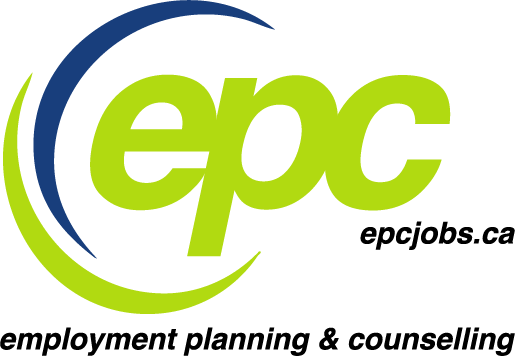There has been much confusion with the inception of WHMIS 2015. Workplace Hazardous Materials Information System training has existed for quite some time and, undenounced to most of us, was known as WHMIS 1988.
For many years, there has been collaboration to design a system whereby there was a consistent way for countries to classify hazardous materials in the workplace. The initiative is called the Globally Harmonized System (GHS) for the classification and labelling of chemicals. “This system was developed by the United Nations to establish common and consistent ways for countries to classify and communicate hazards through labels and Safety Data Sheets” (WHMIS 2015 for Workers Self-Paced Training Program, Workplace Safety & Prevention Services, Liftlow, 2016).
As a local trainer, we are often asked about WHMIS 2015. There is an assumption that the year indicates when the WHMIS course was taken. However, what WHMIS 2015 refers to is the year in which the new GHS system came into effect. There was a generous grace period for employers to fully implement the new WHMIS 2015/GHS system into their workplace. Prior to December 1, 2018 it was acceptable to use both the WHMIS 1988 and WHMIS 2015 system in the workplace. After that period, all employees must be trained in and using WHMIS 2015. Note: If the workplace is federally regulated, the deadline for using the former system is June 1, 2019. Similarly to Working at Heights replacing the former Fall Protection Program, WHMIS 2015 replaces WHMIS 1988 for all Canadian employees by June 1, 2019.
So what does all this mean? In addition to changing the name and developing a more consistent system for the classification of hazardous materials there are some significant changes:
- There is detailed information about the physical states of hazardous materials.
- There is more information regarding the effects of exposure to chemicals.
- There are hazard groups for both physical hazards and health hazards. In addition, there are hazard categories and subcategories.
- The shape of the WHMIS symbols has changed from a circle to a red square set on a point.
- There is no longer a checkerboard pattern on the supplier label.
- There is no longer reference to the Material Safety Data Sheet on the supplier label.
- There is a signal word on the supplier label highlighting a Danger or Warning.
- There are revised names for symbols including Flame over Circle (formerly oxidizer), Gas Cylinder (formerly compressed gas), Exploding Bomb (formerly dangerously reactive), Flame (formerly flammable and combustible), Skull and Crossbones (formerly poison).
- There is no symbol for Biohazardous Infectious materials in the Canadian version.
- The new symbols are called Exclamation Mark and Environment.
- The hazard symbols are now referred to as Pictograms.
- With regard to labels, there is no longer a reference to consumer products or the transportation of dangerous goods. A new type of label has been added called Laboratory (Lab) labels.
- The Material Safety Data Sheet has been renamed to simply Safety Data Sheet.
- There are now sixteen sections of the Safety Data Sheet.
- Types of Controls for chemical hazards at highlighted in relation to their level of effectiveness.
- The legal rights and duties of suppliers, employers, supervisors and workers are outlined.
Clearly there have been some major changes made. WHMIS 2015 provides employers, supervisors and workers with more detailed information to protect their health and safety when dealing with hazardous materials. Whether you are looking for work or operating a business, WHMIS 2015 training is mandated for all employees who can be exposed to chemicals in the workplace.
For more assistance with your job search, book an appointment with a Career Counsellor at EPC or check our Workshops & Events section for upcoming dates.

